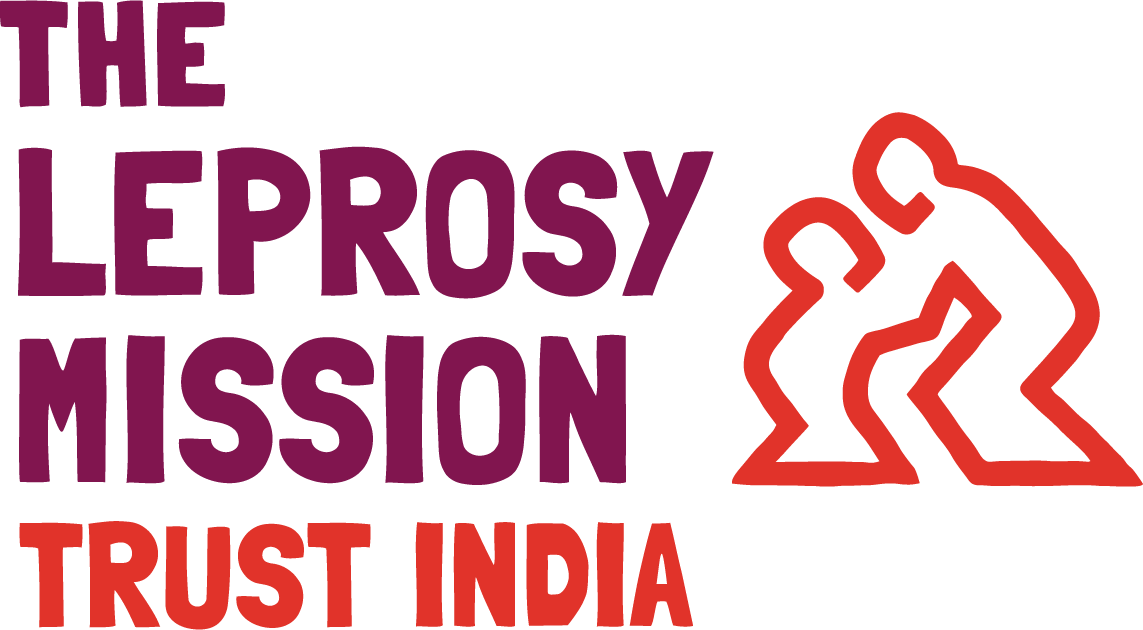Marching towards zero leprosy in India
Marching towards zero leprosy in India

The call for creating leprosy-free India is quite in line with the idea of TB-Mukt Bharat. However, the goal of Zero leprosy is slightly wider in its ambit, as it includes zero disease or transmission, zero disability and zero discrimination. I am glad to note that the Global Leprosy Programme’s roadmap for leprosy 2020-2030 is going to be on similar lines, setting the next goal as elimination of leprosy. We (India) are aligned with, and are slightly ahead of what the Global Leprosy Programme is about to launch.
Such an ambitious goal obviously needs commensurate efforts. Under NLEP, we have taken some major steps in this direction. Our focus has been on strengthening active case detection, followed by complete treatment and sustained surveillance of patients even after release from treatment (RFT).
Strengthening active case detection
We have launched the new operational guidelines for active case detection. Shifting the previously followed campaign-based approach, we are going to have active case detection and surveillance on regular basis round the year. Further, instead of conducting leprosy detection campaigns in an entire district, we have decided to focus on high-endemic and medium-endemic villages in order to make better utilisation of our limited resources. The low-endemic villages shall, however, be kept under surveillance. Breaking free of the “health workers only” approach, we are encouraging participation of people who have experienced leprosy in order to lend strength and acceptance to case detection activities. We propose to train such volunteers for active case detection. With several states already implementing this model, we expect to see good outcomes from this exercise. With such focused case detection activity, we expect to see the number of cases rising in the initial years, before coming down gradually.
Leprosy screening for children and adolescents
Under our school health programme, Rashtriya Bal Swasthya Karyakram (RBSK), about 30-40 crore school children are screened for 3Ds—disability, deficiency and disease—every year by the mobile health teams. Screening tools and monitoring tools for leprosy have been added accordingly under RBSK. Screening of leprosy has been included under this programme and we hope early case detection among this cohort will start soon. Training of Nodal Officers for RBSK and RKSK have been completed.
We have also included leprosy under the Rashtriya Kishor Swasthya Karyakram (RKSK), which deals with adolescents’ health. Under this programme, the adolescent cohort will be sensitised about leprosy and counselled by the counsellors through adolescent clinics. Under the Ayushman Bharat- Health & Wellness Centres, as a part of Comprehensive Primary Healthcare Scheme, we have included leprosy screening for people above 30 years of age. Accordingly, leprosy screening parameters have been added to community-based assessment check list (CBAC) that needs to be filled-in by ASHAs.
Addressing leprosy in urban areas
Leprosy has been brought under the ambit of National Urban Health Mission to take care of urban cases and migratory cases to a large extent. Screening for leprosy will happen in urban primary health care centres that are mapped with urban slums and peri-urban areas where migrant workers, industrial workers and other vulnerable populations reside.
We have included leprosy in the health management information system (HMIS). The HMIS will now capture all the leprosy-related reports generated from RBSK, RKSK, CBAC and NUHM, and of course, from active case detection activities under NLEP. A robust data platform has also been developed in the form of Nikushth portal, which was launched this year. Many states have started putting data on the portal. I am hopeful that soon we will have case-based real-time data on leprosy on this portal.
Elimination certification and awards for leprosy-free districts
Taking a step further towards leprosy elimination, we have launched elimination certification and awards for districts that have not seen any leprosy cases, child leprosy cases and grade 2 disability in the last three years. We are hopeful that this year itself, 50 districts will become eligible for this award. If these districts can sustain the status-quo for two successive years, then they become eligible for even higher awards. We hope that this will create healthy competition among districts and states, and the sub- national level elimination will gradually aggregate to national level elimination.
(This is an abridged version of the opening speech by Smt Rekha Shukla, Joint Secretary, National Leprosy Eradication Programme, Ministry of Health & Family Welfare at the plenary session of the 31st Biennial Conference hosted by the Indian Association of Leprologists)


